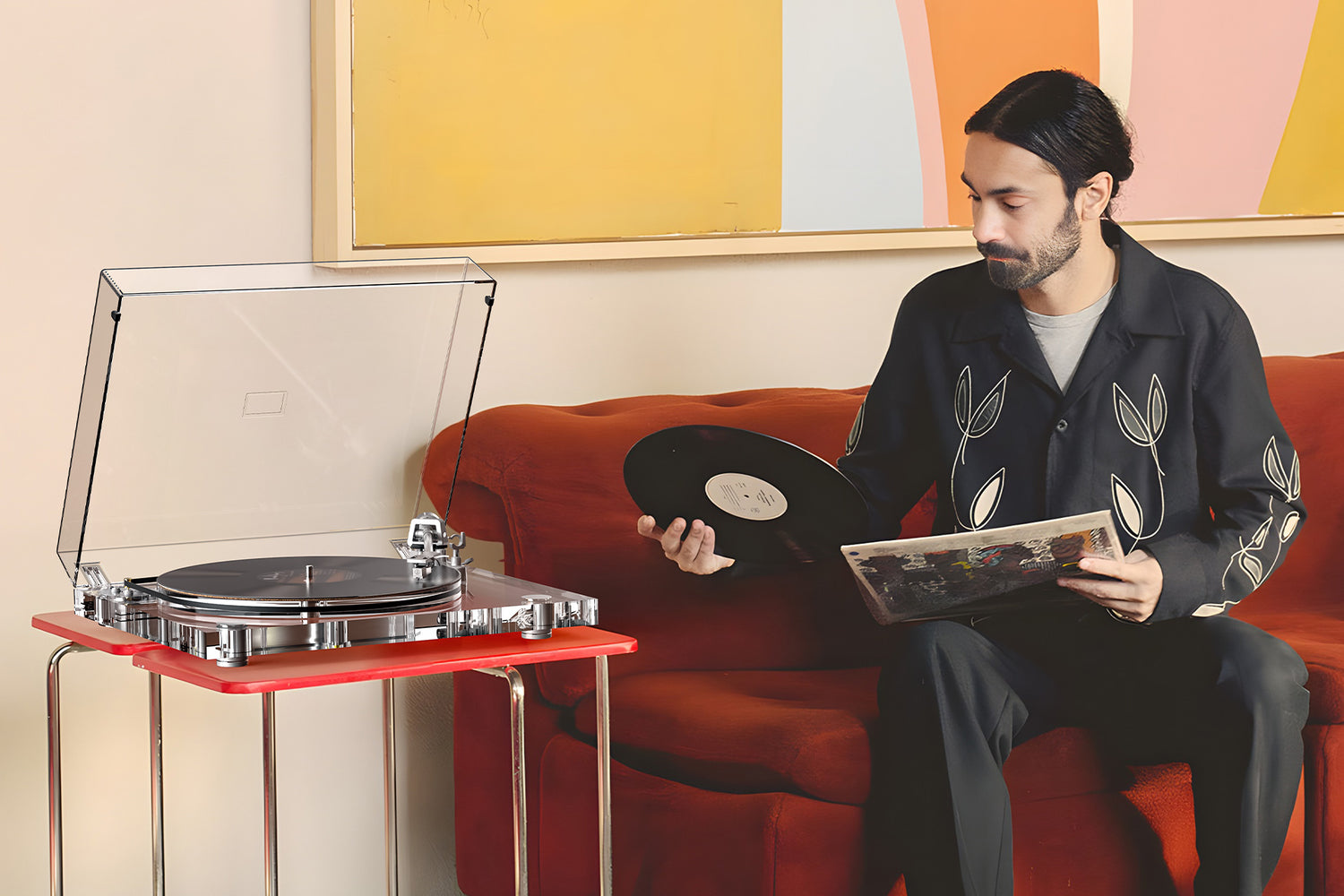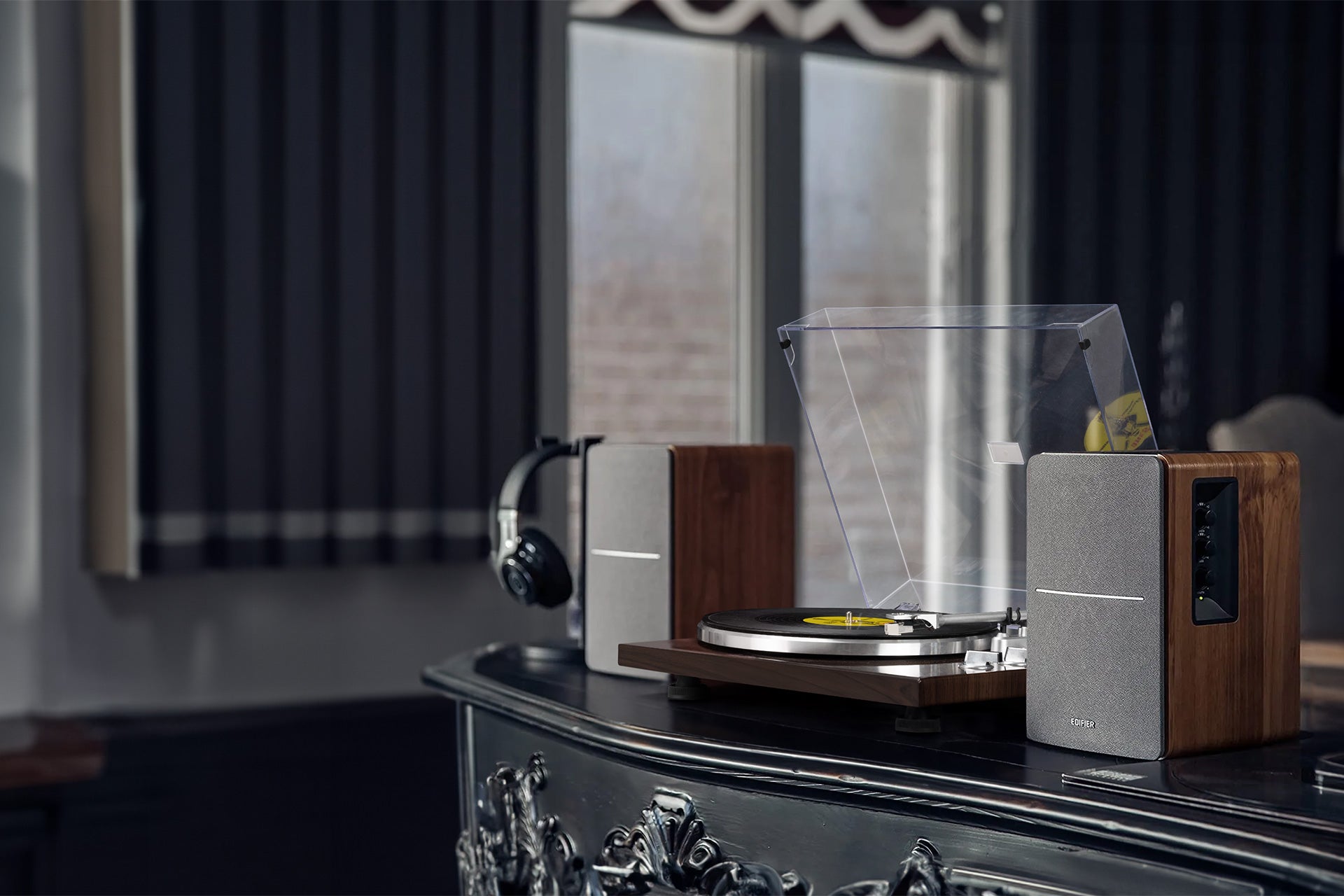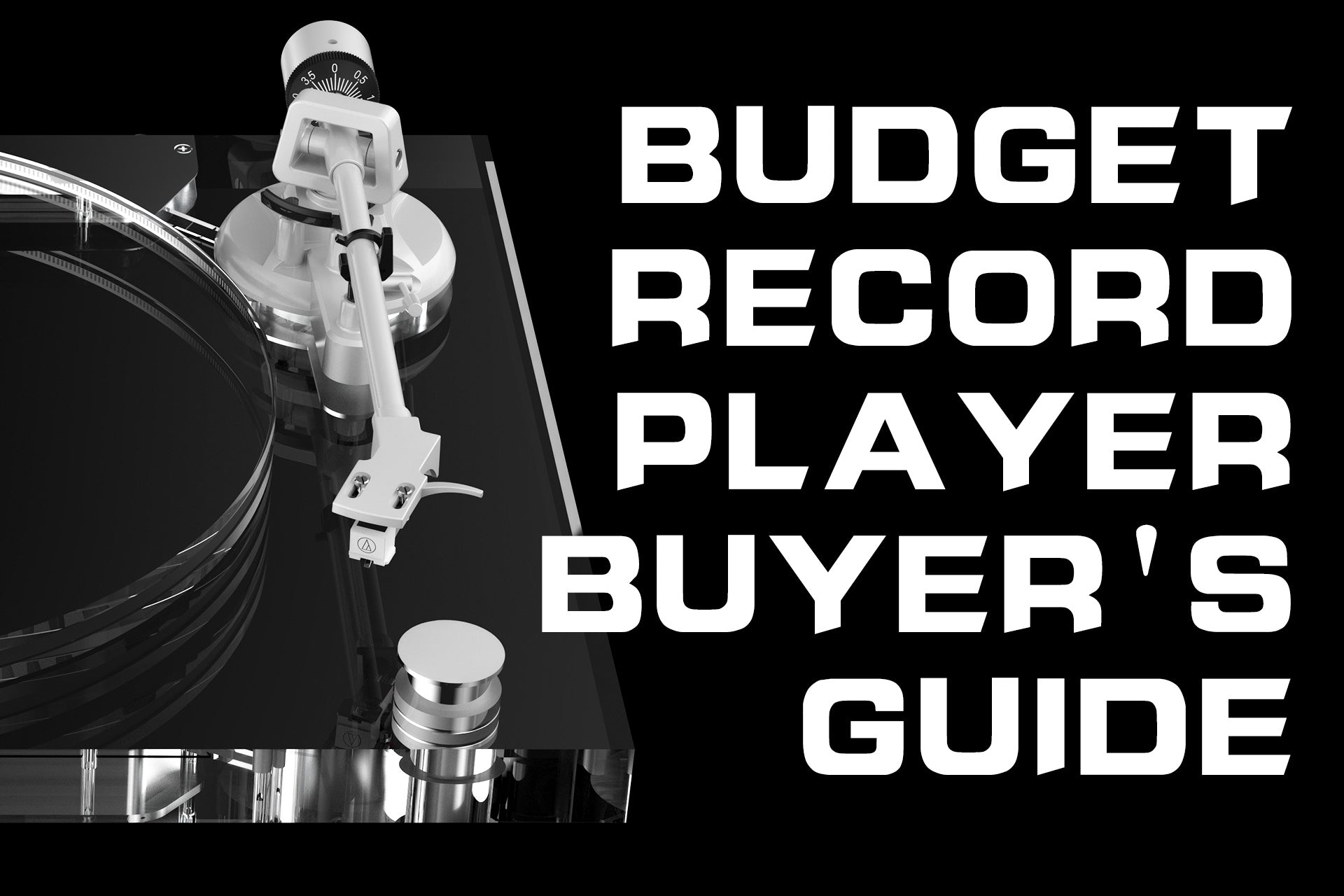Introduction
Vinyl records have seen a remarkable resurgence in recent years, captivating both new listeners and seasoned audiophiles. To truly enjoy the warm, rich sound that vinyl offers, proper care and maintenance of both your records and turntable are essential. In this guide, we’ll explore how to care for your vinyl records and turntable, ensuring they remain in excellent condition for years to come. Whether you're using a belt drive vinyl system or a semi-automatic record player, the right practices can significantly enhance your listening experience.
1. Understanding Vinyl Records and Their Composition
The Material Behind the Music
Vinyl records are made from polyvinyl chloride (PVC), a material that can be sensitive to temperature and humidity. Understanding the nature of your records is crucial for proper care. Vinyl is prone to scratches, dust accumulation, and warping, all of which can adversely affect sound quality. Learning about the different aspects of vinyl composition will help you appreciate why care is so important.
Types of Records and Their Unique Care Needs
There are different types of vinyl records, including 33 RPM LPs, 45 RPM singles, and picture discs, each requiring specific care. For instance, picture discs may be more susceptible to warping due to their added layers. Knowing the specific needs of each type of record will help you tailor your care practices accordingly.
2. Cleaning Your Vinyl Records
Essential Cleaning Supplies
To maintain the quality of your records, it’s vital to have the right cleaning supplies on hand. Invest in a carbon fiber brush, microfiber cloths, and a quality record cleaning solution. These tools will help remove dust and debris without scratching the surface of your vinyl.
Step-by-Step Cleaning Process
Start by using a carbon fiber brush to gently remove dust from the record’s surface before each play. For deeper cleaning, apply a record cleaning solution with a microfiber cloth, moving in a circular motion. Be sure to allow the record to dry completely before storing or playing it. Regular cleaning can prevent buildup that can damage both your records and your turntable's stylus.
3. Maintaining Your Turntable
Regular Inspection and Maintenance
Regardless of whether you have a drive vinyl system or a semi-automatic record player, regular maintenance is key to longevity. Inspect your turntable for any signs of wear, including the belt, stylus, and tonearm. Replace the stylus as recommended, as a worn stylus can lead to poor sound quality and damage to your records.
Proper Setup and Alignment
A well-set-up turntable is crucial for optimal sound quality. Ensure that your turntable is level and that the tonearm is properly aligned. This includes adjusting the tracking force and anti-skate settings according to the manufacturer’s guidelines. A correctly configured turntable minimizes wear on both the stylus and your vinyl records.
4. Proper Storage for Vinyl Records
Ideal Storage Conditions
The way you store your vinyl records plays a significant role in their preservation. Keep them in a cool, dry environment away from direct sunlight, which can cause warping and fading. Use vertical storage to prevent bending and ensure records are stacked loosely to avoid pressure damage.
Protective Sleeves and Cases
Investing in high-quality protective sleeves can significantly extend the life of your records. Anti-static inner sleeves help reduce dust accumulation, while outer sleeves protect against environmental factors. Storing records in these sleeves when not in use is a simple yet effective way to maintain their quality.
5. The Importance of Proper Playback
Choosing the Right Equipment
Using the right playback equipment is crucial for preserving your vinyl records. A high-quality turntable, whether it’s a drive vinyl model or a semi-automatic record player, can make a significant difference in sound quality. Ensure your equipment is compatible with the type of records you own and that it’s well-maintained.
Best Practices for Playing Records
When playing records, always handle them by the edges to avoid fingerprints on the grooves. Allow the turntable to reach its optimal speed before lowering the stylus onto the record. Avoid playing records on dusty or dirty surfaces to prevent contaminants from transferring to your vinyl.
6. Troubleshooting Common Issues
Identifying and Fixing Playback Problems
Common issues like skipping, distortion, or uneven playback can often be traced back to either the record or the turntable. Learn how to identify the source of the problem, whether it’s a dirty record, a misaligned stylus, or an issue with the turntable itself. Regular maintenance and quick troubleshooting can save your records from unnecessary wear.
When to Seek Professional Help
If you encounter persistent issues that you cannot resolve, it may be time to seek professional assistance. Specialized technicians can help diagnose and fix problems that could damage your equipment or records in the long run. Knowing when to seek help is an essential part of maintaining your vinyl collection.
Conclusion
Caring for your vinyl records and turntable is essential for preserving the quality of your music and ensuring an enjoyable listening experience. By following the tips outlined in this guide, you can keep your collection in excellent condition, whether you have a drive vinyl system or a semi-automatic record player. With the right care, your vinyl records can provide you with years of enjoyment, allowing you to immerse yourself in the rich sounds of your favorite albums. Embrace the journey of vinyl ownership with Audio Keeper, and enjoy the music you love for a lifetime.












Leave a comment
All comments are moderated before being published.
This site is protected by hCaptcha and the hCaptcha Privacy Policy and Terms of Service apply.